Atmospheric risk management
Protection of the air environment
Air pollution control
In order to reduce emissions of sulfur oxides (SOx) and nitrogen oxides (NOx), Nippon Steel is taking measures such as using low-sulfur fuel, adopting low NOx generating burners and installing effective equipment, including equipment that reduces SOx and NOx emissions.
Prevention of scattering of raw materials and dust
To curb emissions of soot and dust generated from factories and raw material yards, we try to enhance their function by installing dust collectors and prevent scattering of particles by installing windscreens, windbreak trees and sprinklers, based on air pollution risk analysis through scientific simulation. We also conduct constant monitoring and regular patrols to ensure no change in the implementation status of the environmental measures.
Emission of SOx and NOx

Environmental measures at steelworks
Prevention of scattering of materials and dust
Spraying of water and chemical in coal yards
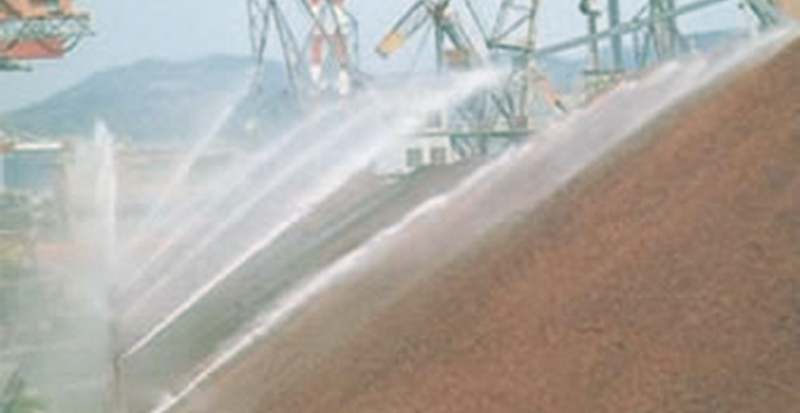
Water and chemical are sprayed on piles of iron ore and coal to restrain the scattering of raw materials.
Sprinkler trucks
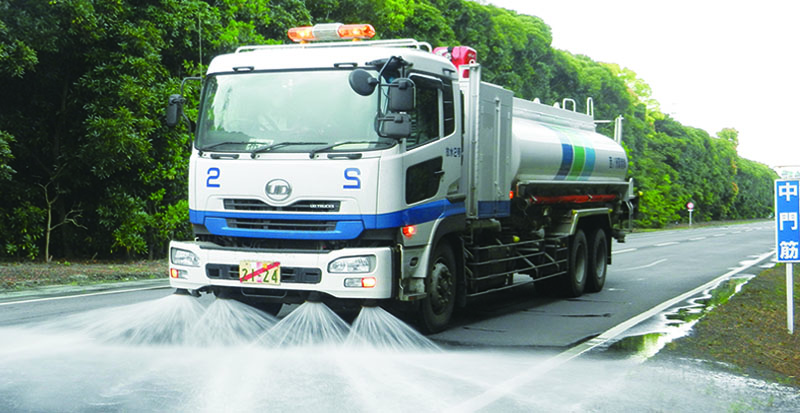
These trucks spray water on the road and empty lots or clean the road within works to restrict the secondary scattering of dust.
Road cleaning trucks
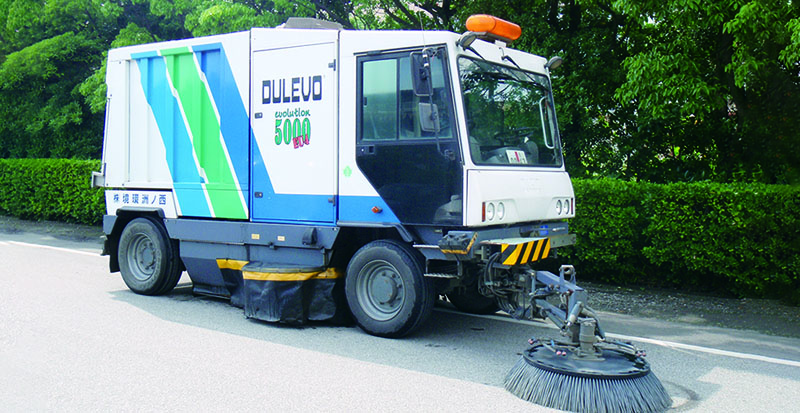
These trucks spray water on the road and empty lots or clean the road within works to restrict the secondary scattering of dust.
Windbreak net at yards
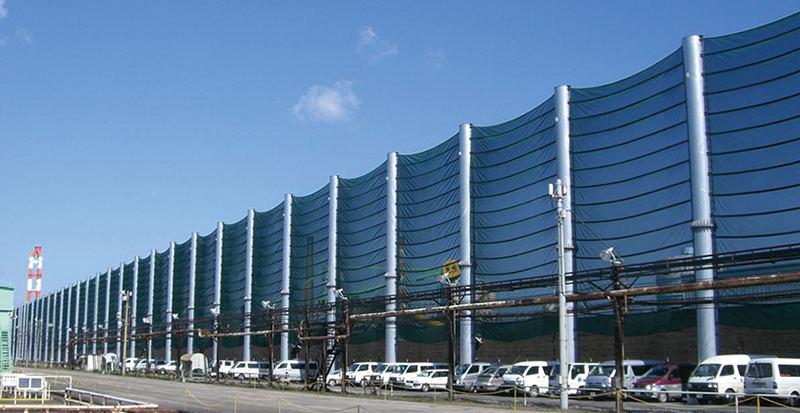
A windbreak net is installed to reduce the strength of wind and restrain the scattering of raw materials.
Electric dust collectors
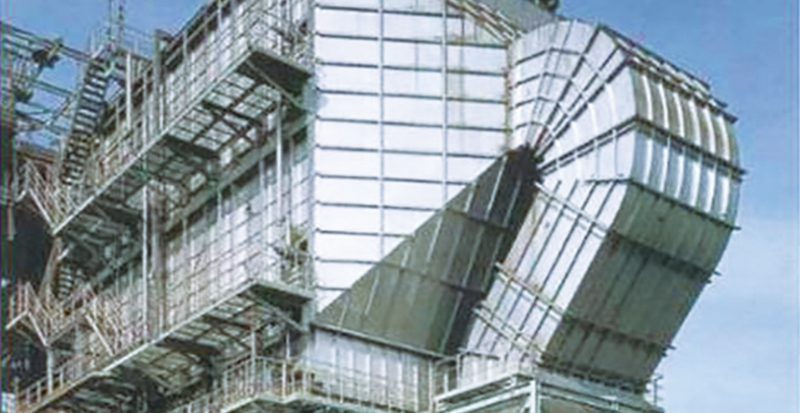
Dust generated in the burning process is collected by two types of dust collectors (electric or with bag filter), depending on the characteristics of the dust (i.e., particle size distribution, emission gas concentration.)
Dust collectors with bag filters
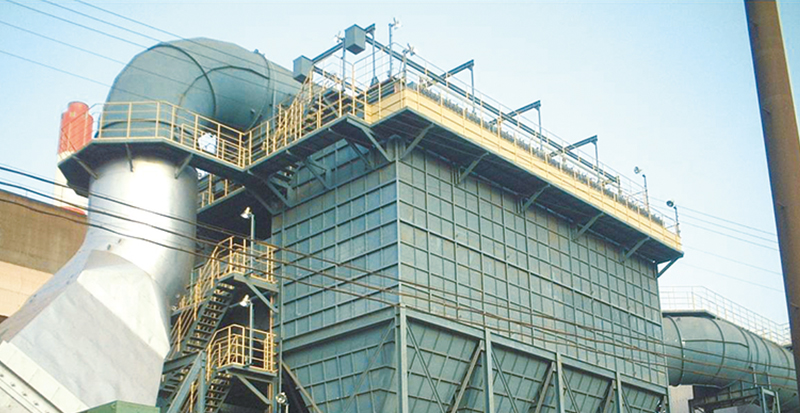
Dust generated in the burning process is collected by two types of dust collectors (electric or with bag filter), depending on the characteristics of the dust (i.e., particle size distribution, emission gas concentration.)
Countermeasures against air pollution
Wet type desulfurization equipment
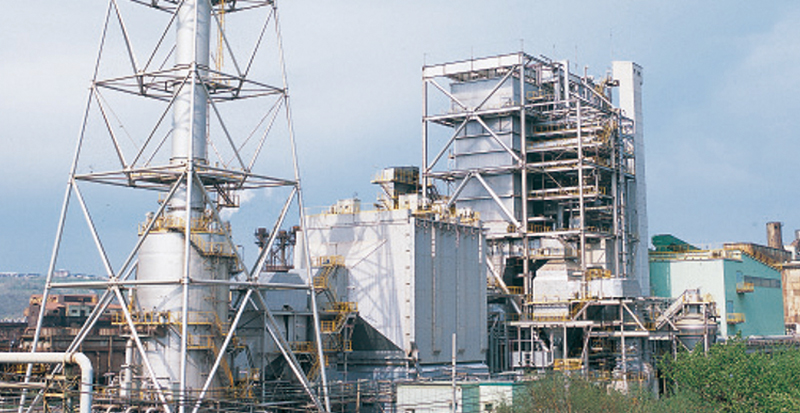
The wet desulfurization method enables SOx in emission gas to be eliminated.
Active coke dry type desulfurization equipment
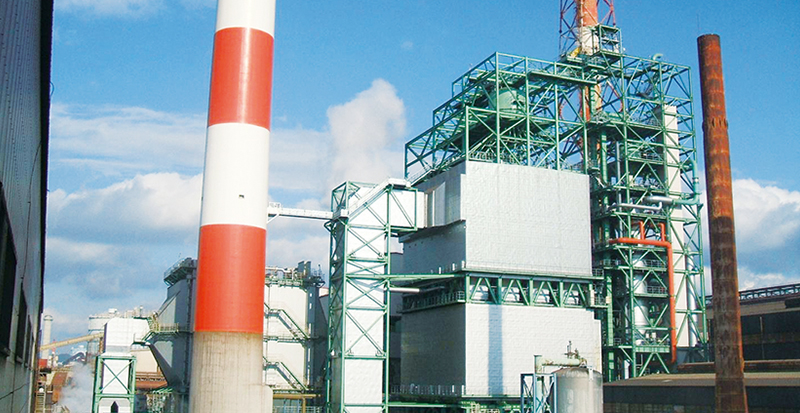
The dry desulfurization and denitrification methods, using active coke, enables SOx and NOx in emission gas to be eliminated.
Low NOx regenerative burners
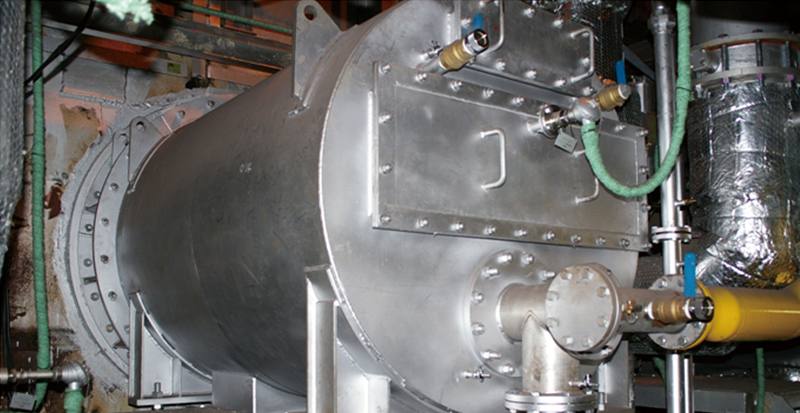
Burners featuring reduced levels of NOx generation and outstanding fuel savings have been installed.
